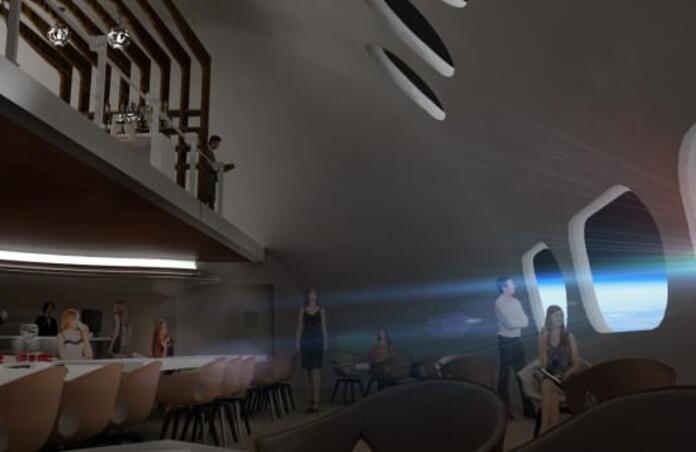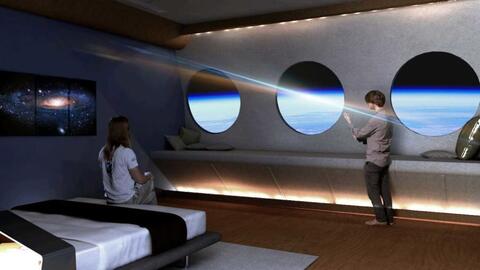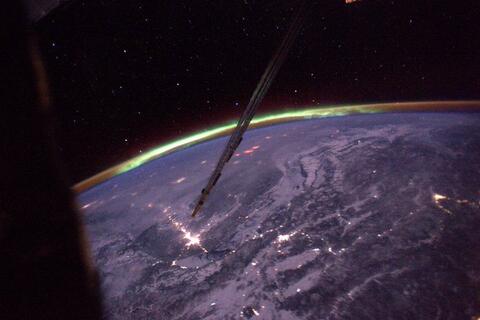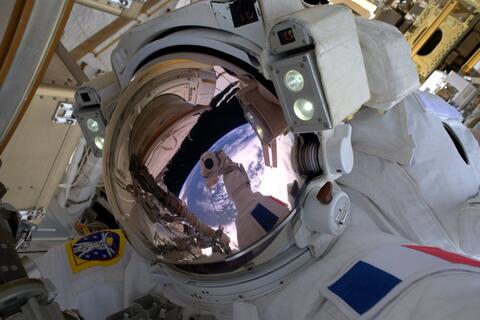Space holidays

While some of you may be planning their Easter or summer holidays, private companies Orion Span and the Gateway Foundation pave the way for space tourism.
In 2018, Orion Span announced that they will build “the first-ever luxury space hotel”, with the aim of welcoming guests as early as in 2022. These guests will in fact be “trainee astronauts”, participating in tasks like cargo transfer or exercise and even citizen science projects such as growing vegetables in space! Space agencies’ astronauts typically undergo a two-year long training, which for Orion Span guests is reduced down to a theoretical online course followed by a 3-months in-person training in Houston to be accredited with the “Orion Span Astronaut Certification” (included in the $9.5m you will have to pay for this experience, reservations are now open with a deposit of $80 000).
The first Aurora space hotels the company will launch is intended for six guests, among which two crew members, staying for 12 days. However, an Aurora station will be composed of 30m3 to 160m3 modules that can either operate individually or be docked with each other to build larger stations to answer the demand – but not just that of tourism. Indeed the 23-year old International Space Station will eventually have to “retire”, but there are no replacement plans; space agencies will likely lean towards the purchasing of private companies’ stations. The advent of SpaceX in terms of transport to space shows how plausible this scenario is.
In the Orion Span Aurora hotels, guests are in weightlessness. The Gateway Foundation’s Voyager Class stations instead are rotating space stations, thus creating artificial gravity. You might be familiar with this concept from science fiction novels and movies, including 2001: A Space Odyssey. Built by the Orbital Assembly Corporation, the Voyager class stations’ inner ring is the docking system to unload cargo and passengers, surrounded by an outer ring of habitations, some of which could be privately owned.
These stations will be sent to space in the year 2025 but are just a step in the Gateway Foundation’s larger vision. Their objective is to send a 500m wide Space port into space, the Gateway, a station that could host up to 300 guests in the Lunar-gravity hotel ring with “a large open air gymnasium, a Japanese garden/park, a food court with a restaurant, casino, and a band stand for concerts”. A further ring, this time with a lower gravity similar to Mars’, will be for private residence apartments. The main purpose however will be to receive shuttles from Earth and launch larger spacecrafts towards the Moon and possibly Mars.
Whether as trainee astronauts, Gateway hotel guest or even space-module owners, people in space will get a unique perspective on our Universe. French astronaut Thomas Pesquet’s many photographs, which he took from the ISS, inspired him to think of our Earth as “actually just a big spaceship, with a very, very big crew. It really has to travel sensibly, be maintained and looked after properly, or its voyage is going to come to an end” …
Cover Image: Restaurant, Orbital Assembly Corporation
Image Credits:
1 & 2 - Aurora station, Orion Span
3 & 4 - Voyager class station and the Gateway, the Gateway Foundation/Orbital Assembly Corporation
5, 6 & 7 - Thomas Pesquet/ESA



